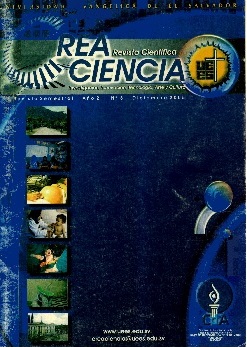Early surgical exploration model in post-cesarean sepsis
DOI:
https://doi.org/10.5377/creaciencia.v0i3.9235Keywords:
Early Surgical Exploration Model, Caesarean section, Zacamil National HospitalAbstract
The study is descriptive-retrospective whose main objective is to evaluate the application of the early surgical exploration model in sepsis after caesarean section at the Zacamil National Hospital (HNZ) in the period 2002-2003. Finding that during the study period 1,928 cesarean sections were performed, 54 of which presented an infectious process after surgery. 95% of the caesarean sections performed in the HNZ were term pregnancies and among the main indications were acute fetal distress and pelvic cephalic disproportion Among the predisposing factors to infection (caesarean sections performed in the HNZ it was found that only 9% of patients With duration of labor greater than 12 hours, 11% of patients with 6 intrapartum vaginal touches, 4% of patients with premature rupture of ovular membranes, ci 7% of C-sections had a surgical time greater than 60 minutes and 28% had previous caesarean maternal anemia.The symptom / main sign of infection was fever 25% were adolescent women, 83% primigestas, apnea 'the model proposed in 98% of cases, the pathology more Frequent detected is subaponeurotic abscess (43%), and there were no subsequent complications.
Downloads
345
Downloads
Published
How to Cite
Issue
Section
License
© Crea Ciencia
Declaration of originality and assignment of rights
The article must be sent with a declaration of originality, responsibility and assignment of rights of copy of the manuscript, scanned and signed by the author or by one of the authors when the authorship is collective (designated author), stating that the text has not previously published in printed or electronic format, which will not be presented to any other media before knowing the decision of the journal Crea Ciencia and that, if accepted for publication, the authors transfer the copyrights in all forms and media known. At the end of six months of the publication, the text can be shared in another magazine citing the first version of the article published in Crea Ciencia and recording its number and volume. If the article is not published, the UEES agrees to return the rights enunciated to their authors.

Crea Ciencia articles are published in open access and licensed under a Creative Commons Attribution-NonCommercial 4.0 International License.

